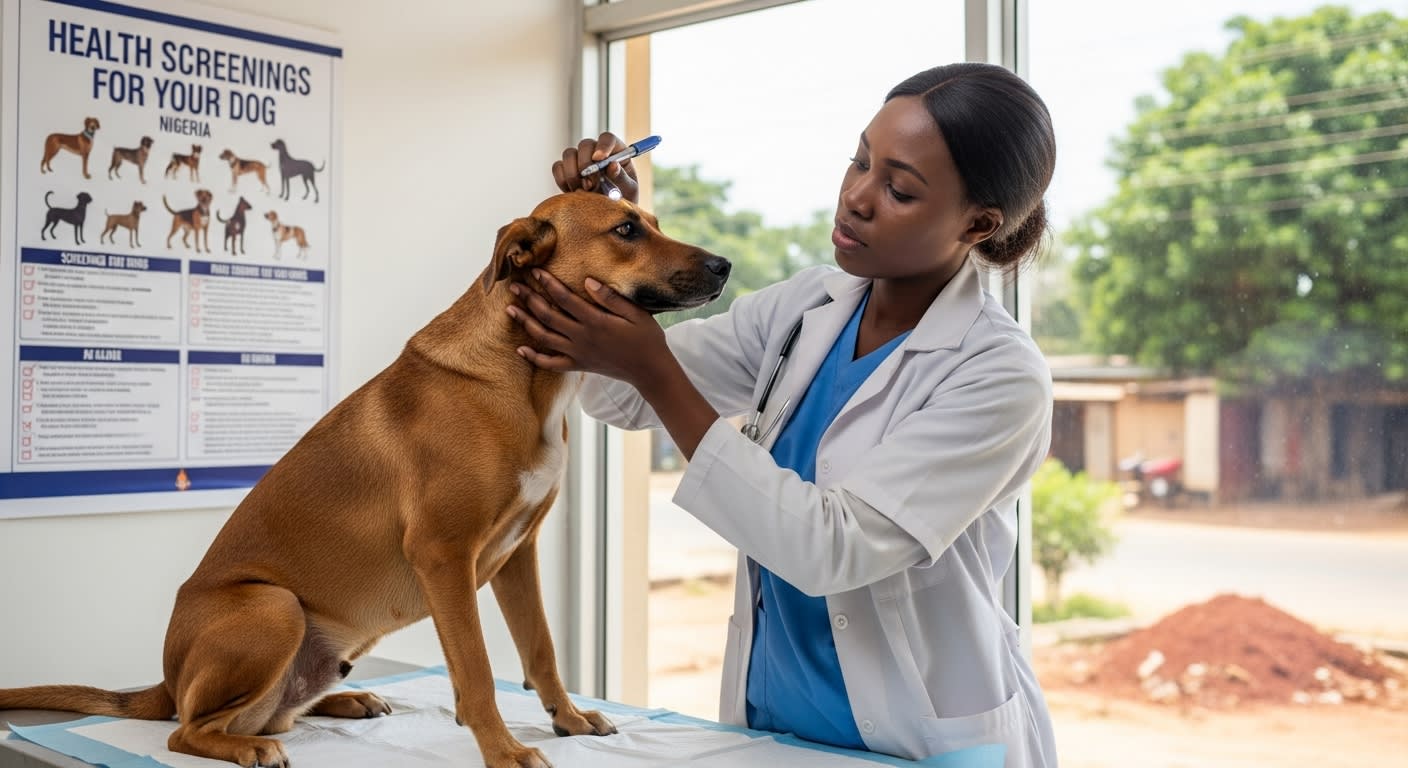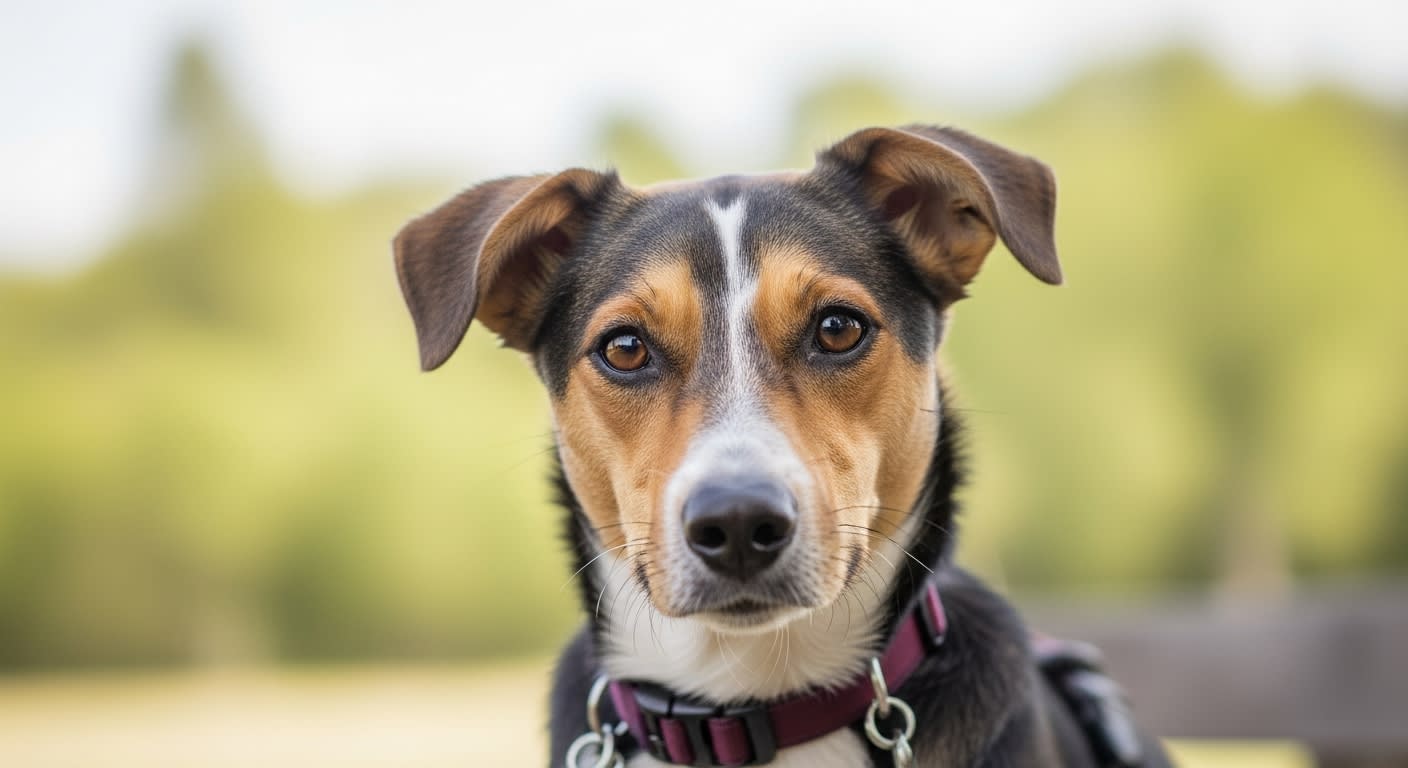Travelling with your pet can be one of the most rewarding experiences, especially when you plan properly and follow expert guidance such as these 10 Tips for Travelling Long Distance with Your Dog. Since many pet parents want enjoyable and stress-free journeys with their furry companions, using trusted support services like Mygotovet becomes incredibly helpful. In fact, as you begin preparing your trip, you will notice that Travelling Long Distance with Your Dog give you both structure and confidence, making the entire process smoother. Because road trips can be unpredictable, Mygotovet offers convenient tele-veterinary support, giving you peace of mind no matter how far you travel.
10 Tips for Travelling Long Distance with Your Dog
1. Secure Your Dog Safely
2. Practice Short Drives Before the Trip
3. Visit Your Veterinarian Before Traveling
4. Map Out Dog-Friendly Stops
5. Pack a Separate Dog Travel Bag
6. Hydrate Strategically
7. Feed Lightly and Avoid Car Sickness
8. Burn Excess Energy
9. Keep Your Dog Entertained and Relaxed
10. Book Pet-Friendly Accommodation in Advance
1. Secure Your Dog Safely
Safety must always come first, especially during long-distance travel. Since unrestrained dogs can become dangerous projectiles in sudden stops or accidents, you should use a crash-tested harness, secured crate, or pet seatbelt. Moreover, keeping your dog in the back seat protects them from airbag injuries. When your dog is properly secured, you minimize distractions and significantly reduce travel stress for everyone.
2. Practice Short Drives Before the Trip
Many dogs feel anxious during long journeys, so practicing shorter drives beforehand helps. Gradually increasing the duration of each trip builds your dog’s confidence. Additionally, linking short rides with fun destinations, such as the park or a favorite store, helps your dog form positive associations with the car.
RECOMMENDED:
5 Natural Ways To Keep Your Dog Tick-Free
Cat Care For Beginners In Nigeria
Emergency Intervention For Your Cats At Home
3. Visit Your Veterinarian Before Traveling
Before beginning your journey, schedule a checkup to ensure your dog is healthy, vaccinated, and medically prepared. Your vet may recommend medications for motion sickness or travel anxiety. Furthermore, having Mygotovet as a backup option gives you 24/7 access to remote veterinary guidance during emergencies or unexpected situations.
4. Map Out Dog-Friendly Stops
Planning your route in advance makes your trip much more manageable. While long-distance travel requires frequent breaks, not all rest stops are pet-friendly. Therefore, using apps like BringFido helps you identify safe play areas, parks, and pet-friendly locations along your route. These planned stops ensure your dog can stretch, relieve themselves, and release energy.
5. Pack a Separate Dog Travel Bag
To stay organized, prepare a dedicated bag for your dog. Essential items include food, water, bowls, grooming wipes, medications, a leash, poop bags, toys, and first-aid supplies. Packing these items separately ensures that everything remains easy to reach when you need it. Because long-distance travel can be unpredictable, having extra supplies is always beneficial.
6. Hydrate Strategically
Your dog’s hydration needs must be managed carefully during long trips. It is best to offer water only when the car is parked to avoid choking hazards. Additionally, providing a few sips every two to three hours prevents dehydration without upsetting their stomach. Bringing water from home also avoids digestive issues caused by unfamiliar water sources.
7. Feed Lightly and Avoid Car Sickness
Feeding your dog a light meal about four hours before travel helps prevent nausea. You should avoid feeding them inside a moving vehicle because this increases the risk of vomiting and anxiety. When possible, offer meals only during rest stops. If your dog is prone to motion sickness, Mygotovet can recommend safe anti-nausea options.
8. Burn Excess Energy
A tired dog is more likely to rest during travel. Therefore, take your dog for a long walk or play session before starting your trip. During your scheduled breaks, allow them time to run, stretch, and burn off energy. This helps reduce restlessness and promotes calmer behavior inside the car.
9. Keep Your Dog Entertained and Relaxed
Since boredom can lead to destructive behavior, packing engaging toys is essential. Chew toys, puzzle feeders, and stuffed KONGs keep your dog mentally occupied for long stretches. For anxious dogs, calming wraps, pheromone sprays, or soft background music can help ease stress. If your dog becomes too clingy or restless, having a passenger sit beside them for part of the trip can provide reassurance.
10. Book Pet-Friendly Accommodation in Advance
If your journey requires an overnight stay, always book pet-friendly hotels early. This prevents last-minute stress and ensures your dog has a comfortable place to sleep. Additionally, traveling with a companion is beneficial because it allows one person to focus on driving while the other attends to the dog. And since unexpected issues may arise, having Mygotovet available through telemedicine support adds an extra layer of safety during your long-distance adventure.
Make Every Long-Distance Trip Safe, Smooth, and Enjoyable
Travelling with your pet becomes easier when you follow the Tips for Travelling Long Distance with Your Dog, plan ahead, and rely on trusted veterinary support. Because every trip comes with unique challenges, Mygotovet ensures you always have professional guidance when you need it most. Start preparing today, stay consistent with these tips, and enjoy stress-free adventures with your dog.
Ready to travel confidently with your pet? Connect with Mygotovet for on-the-go veterinary support and make every journey safer, calmer, and more enjoyable for your dog.
Frequently Asked Questions on Long-Distance Travel With Your Dog
1. How do I prepare my dog for a long-distance trip?
Begin by scheduling a vet checkup to ensure your dog is healthy enough for travel. Additionally, practice short car rides to help them get used to motion and confinement. Gradually increase the duration so the transition to long-distance travel becomes easier.
2. How often should I stop during a long road trip with my dog?
It is recommended to stop every 2–3 hours. These breaks allow your dog to stretch, hydrate, relieve themselves, and reduce anxiety. Regular stops also prevent restlessness and motion sickness.
3. Should my dog eat before travelling long distance?
Yes, but only light meals. Feeding too much can lead to nausea or vomiting. Give a small meal 3–4 hours before departure and keep snacks light during the trip.
4. Do dogs need seatbelts or crates for long travel?
Yes. For safety, dogs should be restrained using either a well-ventilated crate or a crash-tested pet seatbelt/harness. This prevents injury and keeps them calm throughout the journey.
5. How do I keep my dog calm during long-distance travel?
Bring familiar items like their blanket or toy, play calming music, and avoid loud noises. In some cases, your vet may recommend anxiety relief options, especially for highly nervous dogs.
6. What should I pack in my dog’s travel bag?
Pack essentials like water, food, collapsible bowls, poop bags, medications, a leash, vaccination records, and cleaning supplies. A first-aid kit is also very helpful for long-distance trips.
7. Is it safe to travel long distance with a puppy?
Yes, but only when they are healthy and fully vaccinated. Puppies require more frequent breaks and close monitoring. It is also important to secure them properly since they are more prone to stress and motion sickness.


